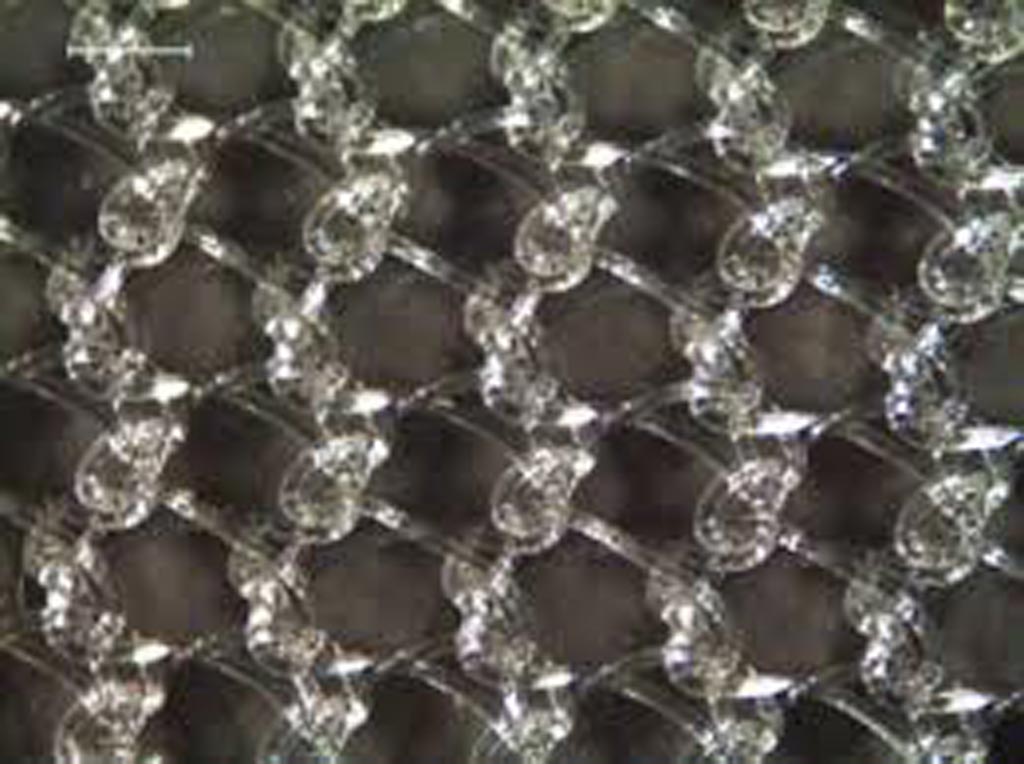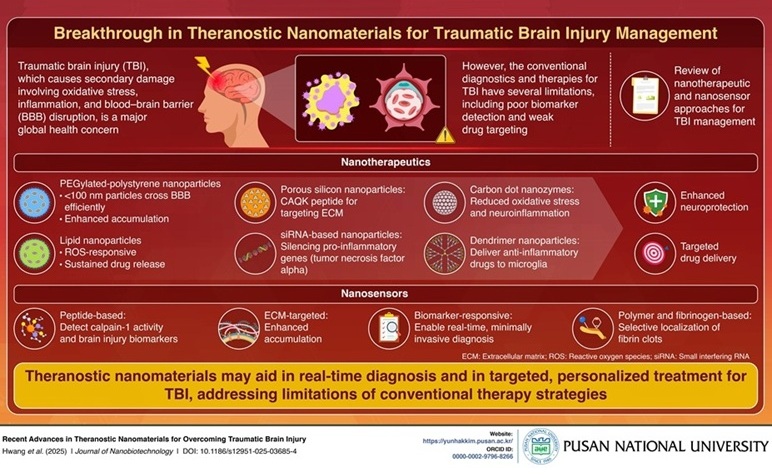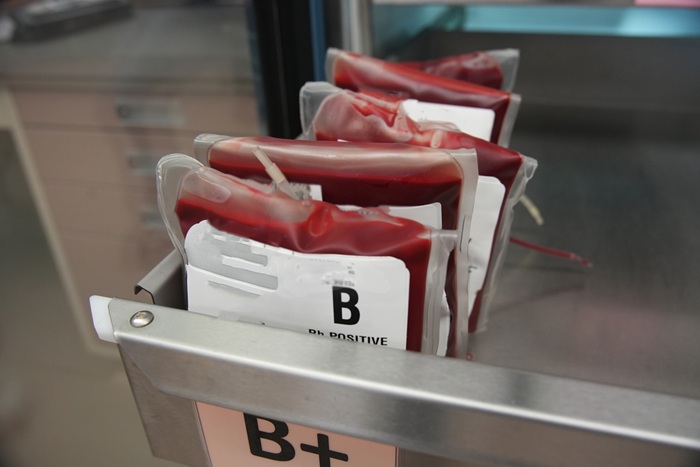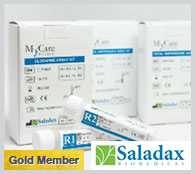Innovative Mesh Implant Simplifies Soft Tissue Repair
|
By HospiMedica International staff writers Posted on 16 Oct 2019 |

Image: A close-up of warp knitted mesh treated with ANAB technology (Photo courtesy of Exogensis).
A proprietary hernia repair device employs surface nano-modification technology for the repair of abdominal wall hernia defects, including direct and indirect inguinal defects.
The Exogenesis (Billerica, MA, USA) Hernia Mesh is constructed of monofilament polypropylene (PP) fibers warp knitted together, and a unique nanometer-level surface texture achieved via accelerated neutral atom beam (ANAB) technology designed to enable favorable post-implant tissue compatibility. The PP knitting process creates large pores and minimum density and thickness, resulting in an implant, which allows tissue ingrowth and long-term tissue support, simultaneously minimizing the inflammatory response and fibrous encapsulation related to implant mass.
The mesh is also treated using the ANAB process to modify the surface of the filaments on a nanometer scale. The low-energy nano-scale surface modification is created by acceleration of neutral argon (Ar) atoms with very low energies under vacuum, which bombard the PP surface, modifying it to a shallow depth of 2-3 nm, causing modifications of surface topography, structure, and energy. Exogenesis Hernia Mesh is indicated for the repair of abdominal wall hernias and abdominal wall deficiencies, but is not indicated for transvaginal pelvic organ prolapse repair.
“ANAB surface treatment technology is already being deployed on other devices, however Exogenesis Hernia Mesh is our first proprietary product developed entirely in-house,” said Dmitry Shashkov, PhD, President and CEO of Exogenesis. “ANAB has the bioactive potential to improve medical device implant responses in man, and we are excited to bring this exciting technology one step closer to the clinical community.”
Surgical meshes have been in use since the late 19th century. In recent years, research in the area has increased due to increasing numbers of post-surgery complications such as infection, fibrosis, adhesions, mesh rejection, and hernia recurrence. A wide range of materials and coatings, meshes with different fiber thickness and porosity, a variety of manufacturing methods, as well as surgical and implantation procedures have been tested. Recently, surface modification methods and nanofiber-based systems are actively being explored as a pathway to increase biocompatibility.
Related Links:
Exogenesis
The Exogenesis (Billerica, MA, USA) Hernia Mesh is constructed of monofilament polypropylene (PP) fibers warp knitted together, and a unique nanometer-level surface texture achieved via accelerated neutral atom beam (ANAB) technology designed to enable favorable post-implant tissue compatibility. The PP knitting process creates large pores and minimum density and thickness, resulting in an implant, which allows tissue ingrowth and long-term tissue support, simultaneously minimizing the inflammatory response and fibrous encapsulation related to implant mass.
The mesh is also treated using the ANAB process to modify the surface of the filaments on a nanometer scale. The low-energy nano-scale surface modification is created by acceleration of neutral argon (Ar) atoms with very low energies under vacuum, which bombard the PP surface, modifying it to a shallow depth of 2-3 nm, causing modifications of surface topography, structure, and energy. Exogenesis Hernia Mesh is indicated for the repair of abdominal wall hernias and abdominal wall deficiencies, but is not indicated for transvaginal pelvic organ prolapse repair.
“ANAB surface treatment technology is already being deployed on other devices, however Exogenesis Hernia Mesh is our first proprietary product developed entirely in-house,” said Dmitry Shashkov, PhD, President and CEO of Exogenesis. “ANAB has the bioactive potential to improve medical device implant responses in man, and we are excited to bring this exciting technology one step closer to the clinical community.”
Surgical meshes have been in use since the late 19th century. In recent years, research in the area has increased due to increasing numbers of post-surgery complications such as infection, fibrosis, adhesions, mesh rejection, and hernia recurrence. A wide range of materials and coatings, meshes with different fiber thickness and porosity, a variety of manufacturing methods, as well as surgical and implantation procedures have been tested. Recently, surface modification methods and nanofiber-based systems are actively being explored as a pathway to increase biocompatibility.
Related Links:
Exogenesis
Latest Surgical Techniques News
- New Study Findings Could Halve Number of Stent Procedures
- Breakthrough Surgical Device Redefines Hip Arthroscopy
- Automated System Enables Real-Time "Molecular Pathology" During Cancer Surgery
- Groundbreaking Procedure Combines New Treatments for Liver Tumors
- Ablation Reduces Stroke Risk Associated with Atrial Fibrillation
- Optical Tracking Method Identifies Target Areas in Robot-Assisted Neurosurgery
- General Anesthesia Improves Post-Surgery Outcomes for Acute Stroke Patients
- Drug-Coated Balloons Can Replace Stents Even in Larger Coronary Arteries
- Magnetic Kidney Stone Retrieval Device Outperforms Ureteroscopic Laser Lithotripsy
- Absorbable Skull Device Could Replace Traditional Metal Implants Used After Brain Surgery
- Magic Silicone Liquid Powered Robots Perform MIS in Narrow Cavities
- 'Lab-on-a-Scalpel' Provides Real-Time Surgical Insights for POC Diagnostics in OR
- Biodegradable Brain Implant Prevents Glioblastoma Recurrence
- Tiny 3D Printer Reconstructs Tissues During Vocal Cord Surgery
- Minimally Invasive Procedure for Aortic Valve Disease Has Similar Outcomes as Surgery
- Safer Hip Implant Design Prevents Early Femoral Fractures
Channels
Critical Care
view channel
Magnetically Guided Microrobots to Enable Targeted Drug Delivery
Stroke affects 12 million people globally each year, often causing death or lasting disability. Current treatment relies on systemic administration of clot-dissolving drugs, which circulate throughout... Read more
Smart Nanomaterials Detect and Treat Traumatic Brain Injuries Simultaneously
Traumatic brain injury (TBI) continues to leave millions with long-term disabilities every year. After a sudden impact from a fall, collision, or accident, the brain undergoes inflammation, oxidative stress,... Read more
Earlier Blood Transfusion Could Reduce Heart Failure and Arrhythmia in Heart Disease Patients
Blood loss during or after surgery can place significant stress on people with heart disease, increasing the risk of dangerous complications. Transfusions are often delayed until hemoglobin levels fall... Read morePatient Care
view channel
Revolutionary Automatic IV-Line Flushing Device to Enhance Infusion Care
More than 80% of in-hospital patients receive intravenous (IV) therapy. Every dose of IV medicine delivered in a small volume (<250 mL) infusion bag should be followed by subsequent flushing to ensure... Read more
VR Training Tool Combats Contamination of Portable Medical Equipment
Healthcare-associated infections (HAIs) impact one in every 31 patients, cause nearly 100,000 deaths each year, and cost USD 28.4 billion in direct medical expenses. Notably, up to 75% of these infections... Read more
Portable Biosensor Platform to Reduce Hospital-Acquired Infections
Approximately 4 million patients in the European Union acquire healthcare-associated infections (HAIs) or nosocomial infections each year, with around 37,000 deaths directly resulting from these infections,... Read moreFirst-Of-Its-Kind Portable Germicidal Light Technology Disinfects High-Touch Clinical Surfaces in Seconds
Reducing healthcare-acquired infections (HAIs) remains a pressing issue within global healthcare systems. In the United States alone, 1.7 million patients contract HAIs annually, leading to approximately... Read moreHealth IT
view channel
Printable Molecule-Selective Nanoparticles Enable Mass Production of Wearable Biosensors
The future of medicine is likely to focus on the personalization of healthcare—understanding exactly what an individual requires and delivering the appropriate combination of nutrients, metabolites, and... Read moreBusiness
view channel
Philips and Masimo Partner to Advance Patient Monitoring Measurement Technologies
Royal Philips (Amsterdam, Netherlands) and Masimo (Irvine, California, USA) have renewed their multi-year strategic collaboration, combining Philips’ expertise in patient monitoring with Masimo’s noninvasive... Read more
B. Braun Acquires Digital Microsurgery Company True Digital Surgery
The high-end microsurgery market in neurosurgery, spine, and ENT is undergoing a significant transformation. Traditional analog microscopes are giving way to digital exoscopes, which provide improved visualization,... Read more
CMEF 2025 to Promote Holistic and High-Quality Development of Medical and Health Industry
The 92nd China International Medical Equipment Fair (CMEF 2025) Autumn Exhibition is scheduled to be held from September 26 to 29 at the China Import and Export Fair Complex (Canton Fair Complex) in Guangzhou.... Read more














